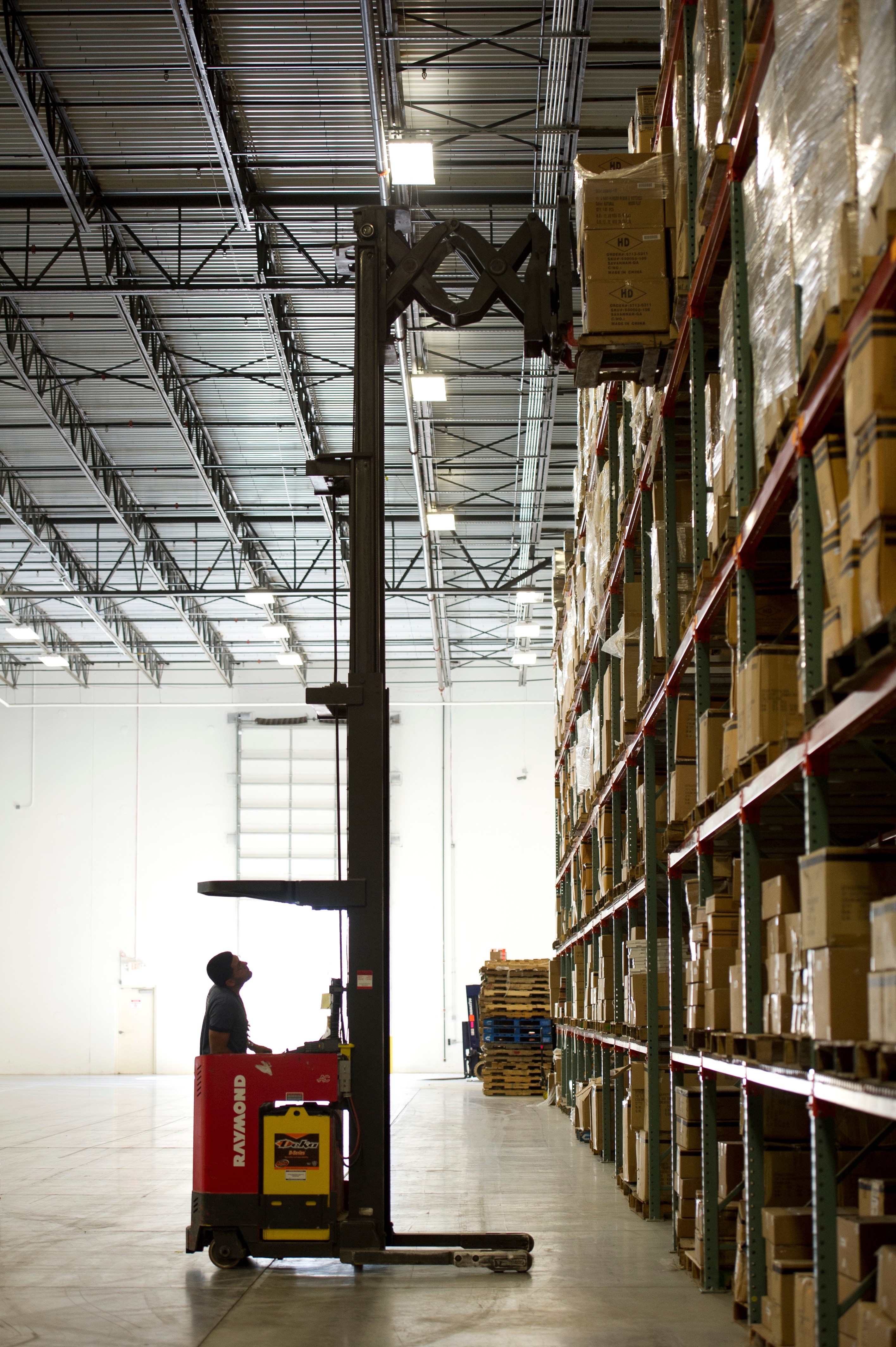Trim the Muda - Lean Manufacturing ( Part IV: Processing )
INTRODUCTION: This is part IV of our XIII part series on removing the muda out of your manufacturing. Our most recent post in this series...
 Lean Manufacturing is a simple concept.
Lean Manufacturing is a simple concept.
The objective is to remove as many inefficiencies ( waste ) as possible from your operations. The foundation of this is rooted in the idea of continuous improvement. Continuous Improvement is also a philosophy that is embedded within RBW's corporate fabric.
This 8-part series addresses the idea of lean manufacturing and how a 3PL can be an asset to your organization when achieving the "LEAN"status.
Lean Trivia: Who is considered one of the earliest pioneers in the lean manufacturing philosophy?
The elimination of waste is the primary goal of a lean philosophy. Waste or "muda" is anything that does not have value or add value to your operations. If it does not provide value, get rid of it!
These small "non - value adding" activities incur costs that add up to exorbitant amounts when you take a macro view.
Prof. Rene T. Domingo Asian Institute of Management uses a great analogy to illustrate this,"When the great Italian sculptor Michelangelo was asked what he was sculpting, he responded he was not sculpting but releasing the figure ( value ) inside by removing the unnecessary rocks ( wastes ). Like Michelangelo, we should eliminate all forms of wastes in any process or product until only what is valuable remains" - Identifying and Eliminating The Seven Wastes or Muda ( http://www.rtdonline.com/BMA/MM/SevenWastes.pdf)
Now that we know what Muda is, we need to eliminate it. There is a methodology for identifying the waste ( muda ) and removing it.
Here are the steps for elimination:
1. Visibility - If you can't see it, you cannot improve it.
2. Consciousness - Once you have spotted the muda, be cognizant of that action and correct it.
3. Accountability - Hold your staff members accountable for making the change.
4. Measure the waste.
5. Eliminate or reduce the waste
Beyond muda, the lean philosophy addresses “mura” which is overload and “muri” or unevenness. Mura is about to the overloading personnel, equipment, etc. These stresses may cause downtime, defects, delays, and even disasters when left unchecked. Muri refers to the peaks and valleys in production volume.
These extreme fluctuations can make planning a nightmare. It does not allow you to use your resources as efficiently as possible.
It can cause extended periods of idleness and understaffing.
It puts you in the position of being reactive as opposed to proactive.

3. Processing Waste
4. Waiting-Time Waste
5. Inventory Waste
6. Motion Waste
7. Defects Over-Production Waste
We will take a deeper dive into each one of these areas of waste. With each area of muda we will define it, discuss the impact, and ways that your 3PL can help you to achieve a lean operation.
The next part of this series will be transportation.
Stay tuned in!
Answer: Benjamin Franklin.
"He that idly loses 5s. worth of time, loses 5s., and might as prudently throw 5s. into the river." Poor Richard's Almanack
"A penny saved is two pence clear. A pin a-day is a grout-a-year. Save and have." Poor Richard's Almanack
"You call them goods; but, if you do not take care, they will prove evils to some of you. You expect they will be sold cheap, and, perhaps, they may [be bought] for less than they cost; but, if you have no occasion for them, they must be dear to you." The Way to Wealth
"Buy what thou hast no need of, and ere long thou shalt sell thy necessaries." The Way to Wealth
"Many have been ruined by buying good penny worths." The Way to Wealth
Henry Ford cited Franklin as a major influence on many of the business strategies that he introduced to make The Ford Motor Company operations run more efficiently.

INTRODUCTION: This is part IV of our XIII part series on removing the muda out of your manufacturing. Our most recent post in this series...

INTRODUCTION We continue our VIII part series on " Trim The Muda" in manufacturing. Our last post was about the muda found in Transportation....

The 2nd installment of this 8-part series on reducing the waste in manufacturing is Transportation. Transportation is considered by many as the...